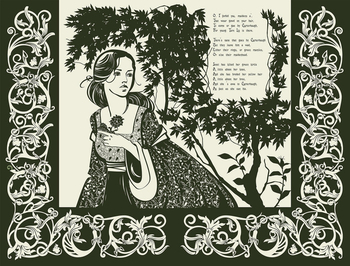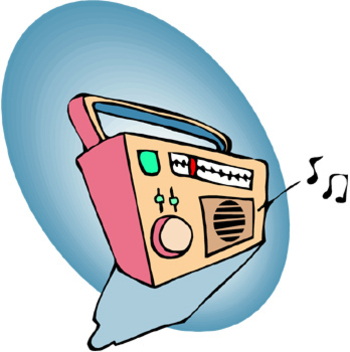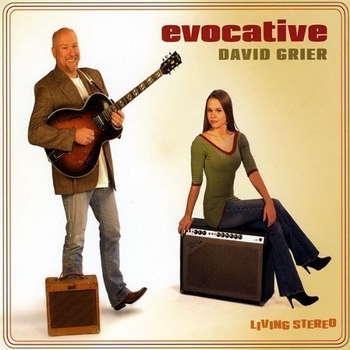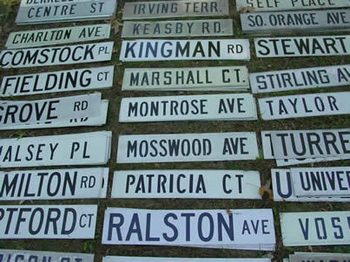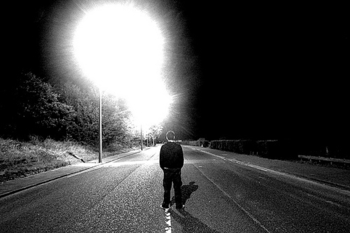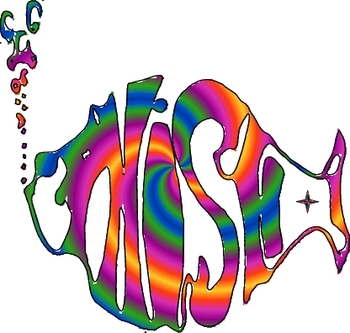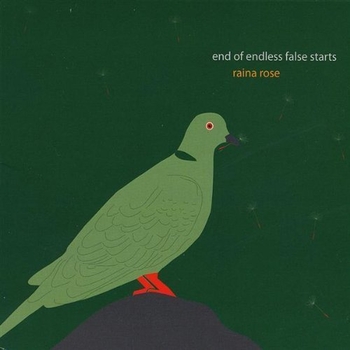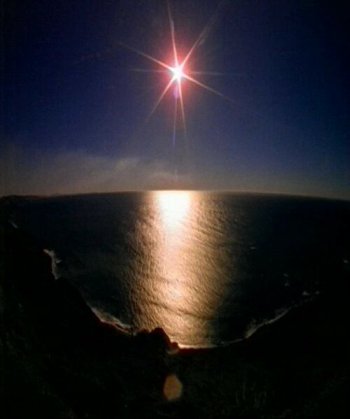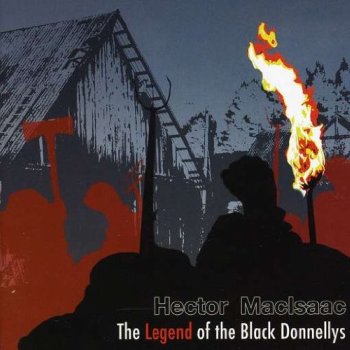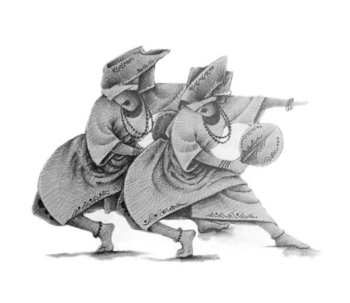
Australia and North and South America are conquered lands, their native peoples relegated to a minor role in their societies. Asia and Europe have cultures that have resulted from the shifting of power through a series of wars, but their native peoples, the winners among them, have defined their cultures. Africa is different.
Africa is a land of tribal people who have been exploited by a series of slave takers and colonizers who have taken what they wanted and then left, or have been forced out, leaving chaos in their wake. Her people are often displaced. And tyrants rise and fall, while the African people endure. So there is a tremendous amount of material for songs. The traditional cultures of Africa are no longer pure, but their values remain. And the history of the people is preserved in song, as is the record of important current events. This is true in many tribes, both north and south of the Sahara Desert.
There is a running argument among aficionados of world music about “cultural imperialism”. The idea is that Western people are somehow destroying traditional cultures by infiltrating their societies with the evils of Western music. So, you might just as easily hear Michael Jackson or King Sunny Ade on the streets of Lagos. But the musicians of modern Africa do not see this as a problem. They embrace good musical ideas from anywhere, and fold them into what they do. Many travel to Paris to record, taking advantage of the superior recording facilities there, and some even stay. But their music always retains qualities that are uniquely African.
The stories to be told, and the cultural cross-pollination, are key elements of the work of the female African artists I am featuring here. And they also possess five of the finest voices on the planet, in any culture.
Miriam Makeba: Pata Pata
[purchase]
Miriam Makeba was known among her fans as Mama Africa. Her international success was partly an accident of politics. She was an outspoken opponent of Apartheid in her native South Africa, and she found her self exiled from her native land when she left the country on a tour. When she tried to come home, she found that her passport had been revoked in absentia. So began her journeys throughout the world, spreading her music wherever she went. Along the way, she always made a point of preserving something of her heritage in her music, but she was also influenced by the music she found wherever she went.
Pata Pata was one of Makeba’s first hits, and one of the songs that made that fateful tour possible. Musically, the song combines the traditional music Makeba grew up with and American doo-wop, which was very popular in South Africa at the time. South African musicians would continue to develop this vocal style in there own way. The music of Ladysmith Black Mambazo was perhaps the ultimate flowering of this trend.
Oumou Sangare: Saa Magni
[purchase]
Oumou Sangare’s mother was a sumu, a professional singer who performed at ceremonial occasions. Her father abandoned the family to take a second wife when Oumou was two. Her mother became depressed, and was often unable to perform. So, at age five, Oumou began helping her mother with her performances. She also sang as she sold bottles of water on the streets. In short, she used her voice to do whatever was necessary to raise money so that her family could eat.
It’s hard to imagine that ever being an issue for Sangare again. She has become one of Mali’s best known singers, and established herself with international audiences as well. But her early concerns are still with her. Sangare is known for songs that break with tradition by addressing the plight of women in Africa. In particular, she has taken a strong stand against polygamy and arranged marriages.
Musically, Sangare takes traditional instruments and rhythms and combines them in nontraditional ways. More recently, she has begun to work with Western musicians and sounds, blending them seamlessly into her music.
Rokia Traore: Sabali
[purchase]
Rokia Traore also hails from Mali. Her father was a diplomat, so she grew up traveling to many countries, and was influenced by everything she heard. But Traore also had a solid grounding in the traditional music of Mali. So she plays guitar, and puts balafon, (a wooden xylophone-like instrument), and n’goni, (a small three-stringed lute), together on the same song; traditionally, this is never done. Traore’s later work has included collaborations with the Kronos Quartet and a cover of Billie Holliday’s The Man I Love. She also appeared in a play about Billie Holliday.
Traore writes most of her own material, and her songs are about interactions between people. Childhood is a topic that particularly interests her.
Mariem Hassan: Magat Milkitna Dulaa
[purchase]
The Saharawi tribe gave the Sahara Desert its name. They once lived what is now Morocco, when it was under Spanish control. But the Saharawi still talk about the “Marcha Verde”, the green march, when the Saharawi were forcibly exiled to refugee camps in Algeria. This happened when Mariem Hassan was 17. That was about 26 years ago.
Musicians in these camps have the job of preserving the traditional culture, and they are also charged with spreading the word of the Saharawi’s plight to the world. Mariem Hassan has become the best known of these musicians. It’s easy to hear why.
Angelique Kidjo: Voodoo Child (Slight Return)
[purchase]
Finally, we have Angelique Kidjo, from Benin. Kidjo was a self-taught singer at first, learning by singing along to James Brown records. Later she added formal voice training. The result is one of the most powerful voices in the world. But Kidjo can also sing with great subtlety when the material calls for it.
Kidjo was inspired to begin writing songs by the example of Miriam Makeba. Eventually, the two would meet, and Makeba would declare Kidjo to be her musical sister. Like Makeba, Kidjo used her fame to speak out against injustice, and Apartheid in particular.
Kidjo’s music starts in Africa, and follows the journey around the world. So she has explored the music of Brazil, the Caribean, and of course the United States. Wherever Africans were taken, their music has evolved, and Kidjo has incorporated those evolutions into her music. So it seemed appropriate to feature her unique take on Voodoo Child (Slight Return). Jimi Hendrix’s original is transformed into a showcase for Kidjo’s unique blend of influences.


